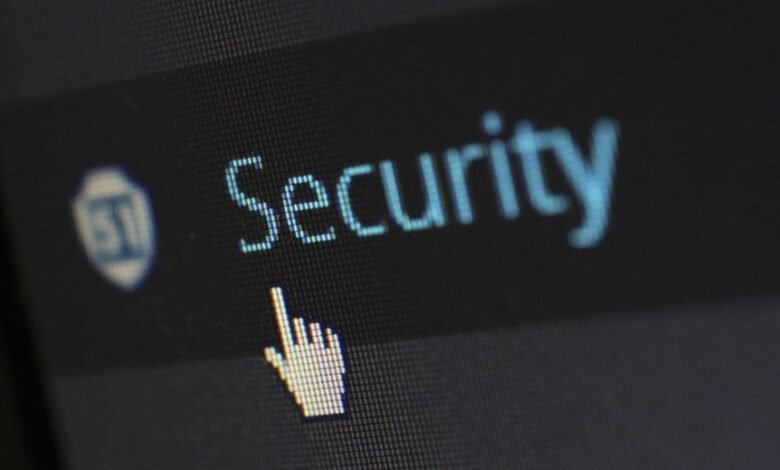Instant Caller Authentication Risk Protection 3922821805 3332710028 3511976796 3808927301 3275691221 3208388184

Instant Caller Authentication (ICA) serves as a pivotal safeguard against the rising tide of fraudulent calls. By verifying caller identities in real-time, ICA mitigates risks associated with known problematic numbers such as 3922821805 and 3332710028. This technology employs sophisticated algorithms that enhance user trust and communication security. However, the complexities of implementing ICA effectively raise critical questions about its integration and effectiveness in diverse communication environments. What challenges remain in its widespread adoption?
Understanding Instant Caller Authentication Technologies
Instant Caller Authentication (ICA) technologies represent a critical advancement in telecommunications security.
These systems enhance caller verification processes, utilizing cutting-edge technology advancements to authenticate identities in real-time.
By implementing sophisticated algorithms and biometric data, ICA effectively minimizes fraudulent activities while ensuring legitimate users retain access to communication channels.
This balance of security and freedom empowers users within an increasingly interconnected digital landscape.
Benefits of Instant Caller Authentication Risk Protection
Numerous advantages accompany the implementation of Instant Caller Authentication (ICA) risk protection, significantly enhancing the security landscape of telecommunications.
By verifying caller identities in real-time, ICA fosters enhanced security, reducing the likelihood of impersonation and fraud.
This proactive measure cultivates user trust, as customers can communicate confidently, knowing their interactions are safeguarded against malicious activities, ultimately promoting a more secure communication environment.
Analyzing the Risks of Fraudulent Numbers
How can organizations effectively mitigate the risks associated with fraudulent numbers in telecommunications?
Employing advanced fraud detection mechanisms is essential, particularly through robust number verification processes.
By continuously monitoring call patterns and validating caller identities, organizations can identify anomalies indicative of fraud.
This proactive approach minimizes exposure to scams, ensuring the integrity of communication systems while safeguarding users’ freedoms and privacy.
How to Implement Caller Authentication in Your Communications
Fraudulent numbers pose significant challenges in telecommunications, necessitating effective caller authentication mechanisms to safeguard communication integrity.
Implementing caller verification involves adopting robust authentication methods such as STIR/SHAKEN protocols, which digitally sign calls, and multi-factor authentication for sensitive interactions.
Conclusion
In an age where a simple phone call could lead to identity theft or financial ruin, one might wonder why we haven’t yet replaced all communication with carrier pigeons. Instant Caller Authentication, while a beacon of hope against the onslaught of fraudulent numbers, is merely a digital Band-Aid on a gaping wound. As algorithms tirelessly verify identities, we can only hope that someday, the mere act of answering a call won’t feel like a high-stakes gamble in the casino of modern communication.





